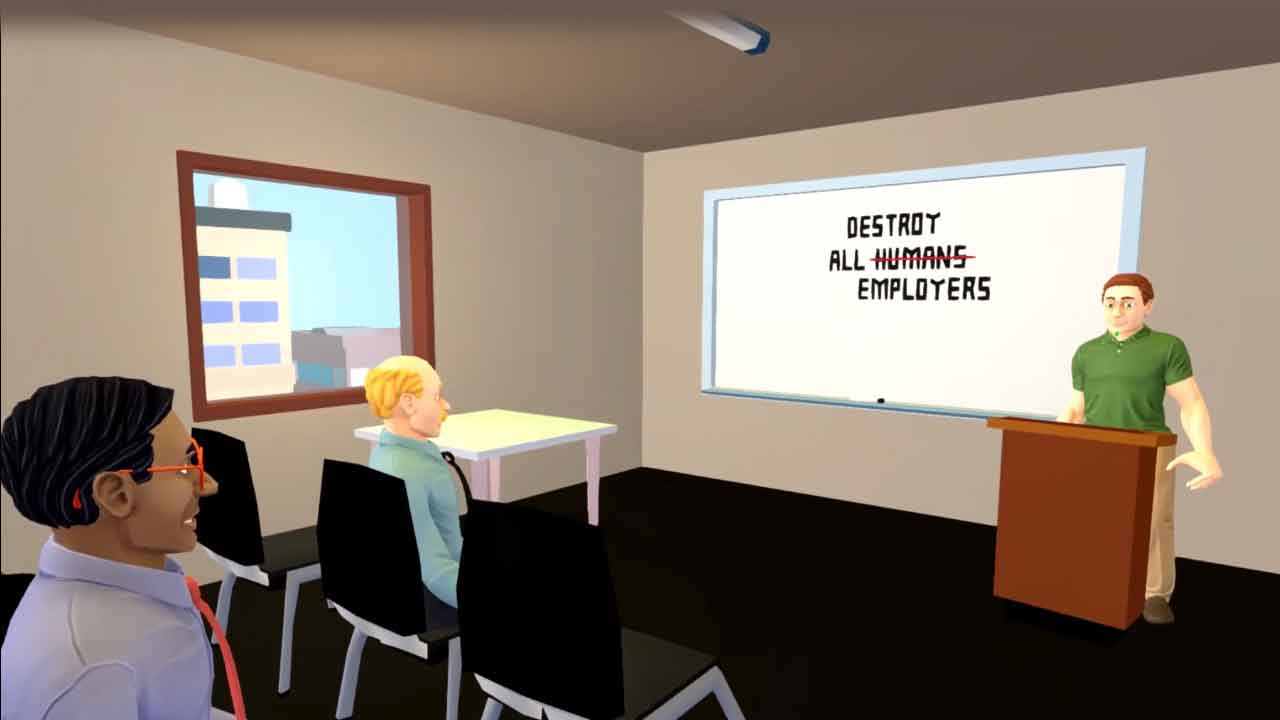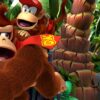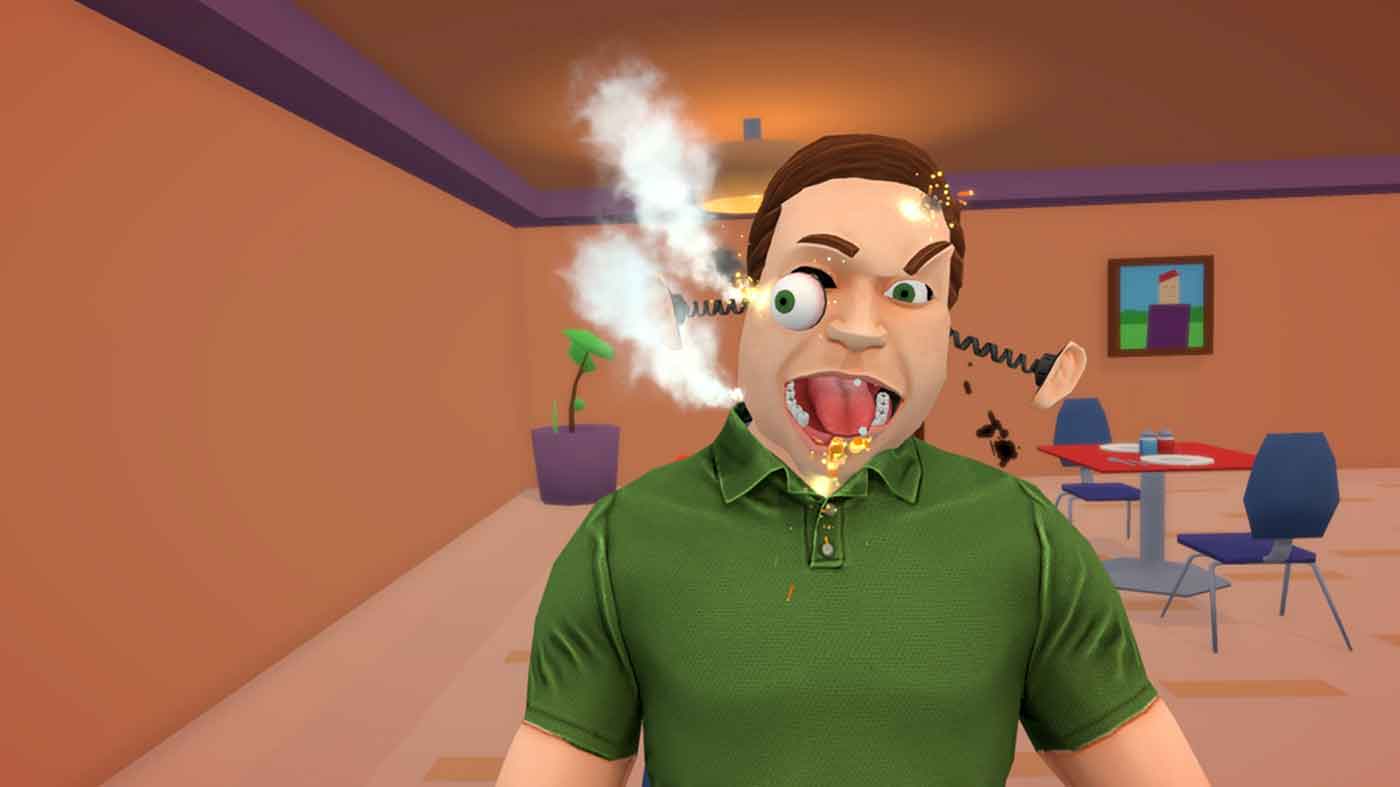There’s a bizarre genre in gaming that hardly sees any entries into its library, but when it does, the title in question almost always makes an impression on the industry because of how entertaining they can be. I’m referring to games like the classic QWOP, and 2013’s Surgeon Simulator, and the latest to join the ranks is an Aussie developed indie game called Speaking Simulator. Affable Games have created an experience that’s well worth playing, even if it can be as frustrating as it is gratifying.
Your goal in Speaking Simulator is simple in premise. After creating your own customisable robot that inconspicuously looks like a human, you’re tasked with handling daily social situations in order to become a working part of human society without arising suspicion. The end result is a short narrative that spans across ten different scenarios that are all funny, entertaining, challenging, well written, and above all else, unpredictable.

Whether you’re on a date or taking part in a job interview, the end goal in Speaking Simulator’s different scenarios is to maintain the illusion of humanity despite not being human. As simple as it sounds, the robot you control isn’t quite up to snuff with current technology, and it’s up to you to prevent your own face from falling apart, quite literally. Making mistakes in Speaking Simulator can mean a few different things, from your eyes popping out to oil leaks and your teeth coming loose, all of which raise suspicion, until you eventually self destruct and fail the level.
So how do you avoid making mistakes in Speaking Simulator? Well much like QWOP and Surgeon Simulator before it, Speaking Sim uses awkward controls as the foundation of its challenge. To properly ‘speak’ you have to navigate your robot’s tongue to press the appropriate buttons inside its mouth, simultaneously moving your jaw to allow for the precise movements you need to do so. Because of this, physics is your worst enemy. Just when you think you have a grasp on how the tongue moves around, it grows a mind of its own and will cause all kinds of trouble for you. As goofy as it looks, it provides a strong sense of mastery, but it’s also where a lot of the game’s frustration comes from when you feel like you have no control over what’s happening.

As you play you can upgrade your robot so you can utilise facial expressions, allowing you to exhibit a wide range of extremely convincing emotions. You also gain the ability to control your eyes to maintain eye contact, which helps a great deal in keeping the suspicion metre down because believe it or not, people do find it weird when your eyes fall out of your head. It keeps the experience fresh for the few hours you can get out of it and keeps the title from falling into repetition despite it sporting little to no replay value.
One of the most entertaining parts of Speaking Simulator is undoubtedly the presentation. There’s something so hilarious about the way your robot communicates no matter how good you are at controlling it’s unforgiving facial features, and watching oil pour out of its head as you desperately try to convince the human in question that you’re also human made me laugh more than it should’ve. The goofy art style and voice acting ties it all together wonderfully and creates for an experience that’s as entertaining to watch as it is to play.





